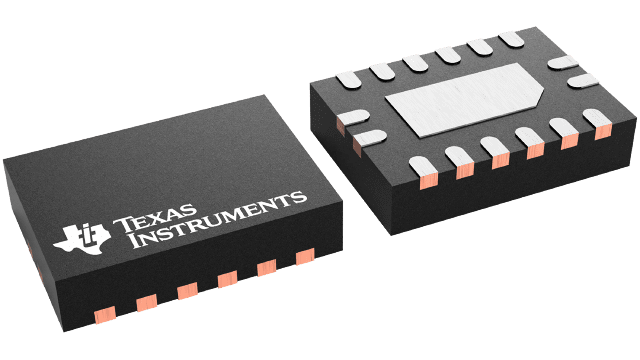
SN74LV595APWR









Eight-bit shift registers with 3-state output registers 16-TSSOP -40 to 125
Sourceability North America, LLC
9715 Burnet Rd, Ste 200 Austin, TX 78758-5215As part of the category Semiconductors and subcategory Logic ICs, SN74LV595APWR optimizes energy distribution in electronic devices. Its Eight-bit shift registers with 3-state output registers 16-TSSOP -40 to 125 allows minimizing losses and increasing the overall system efficiency.
As a component of the subcategory Logic ICs, SN74LV595APWR ensures stable output voltage even when the load changes. Its makes it a reliable element in multi-level power systems.
You can download the user manual and technical specifications for SN74LV595APWR in the documentation section.
Eight-bit shift registers with 3-state output registers 16-TSSOP -40 to 125